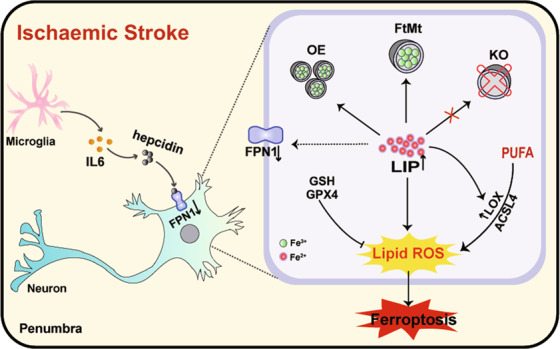Fig. 8. Schematic representation of the proposed neuroprotective mechanism of FtMt following cerebral I/R.

Ischaemic stroke causes inflammation and iron dysregulation in neurons, which results in increases in intracellular LIP levels. Free iron may promote the generation of L-ROS and subsequent ferroptosis in penumbral cells. FtMt can withdraw iron from the cytoplasmic pool and inhibit ferroptosis, thus in turn attenuating brain damage in I/R.
